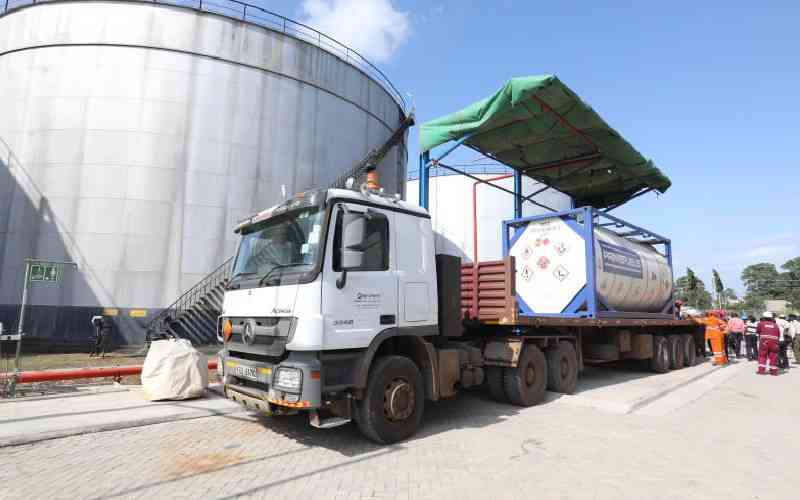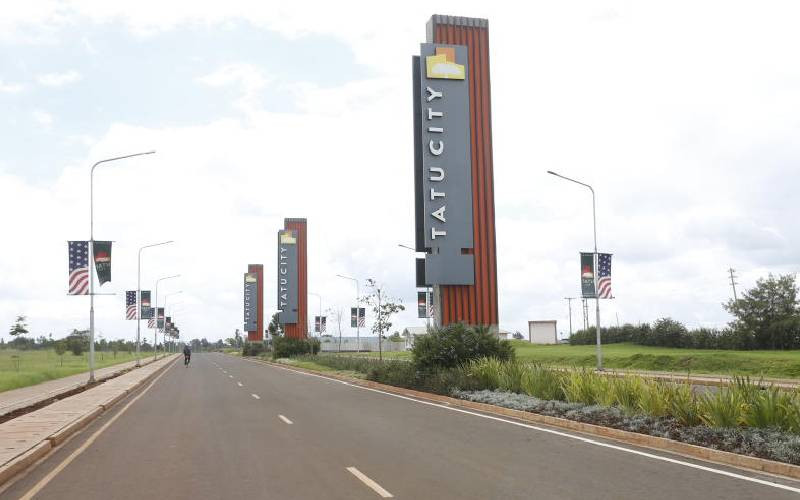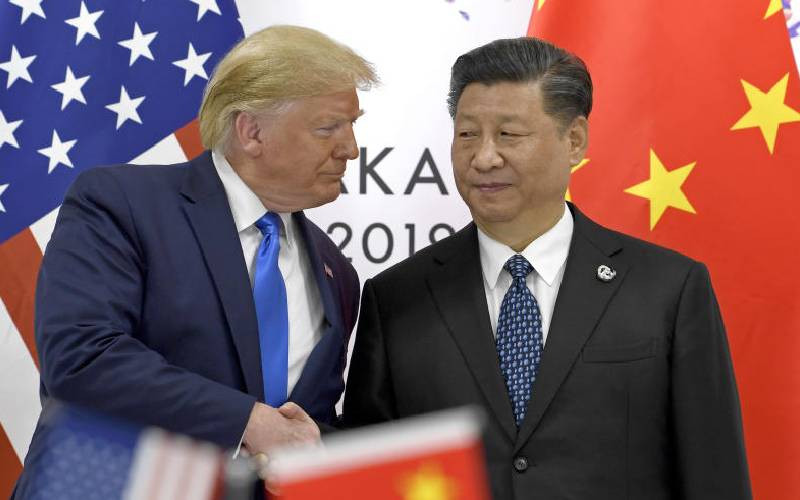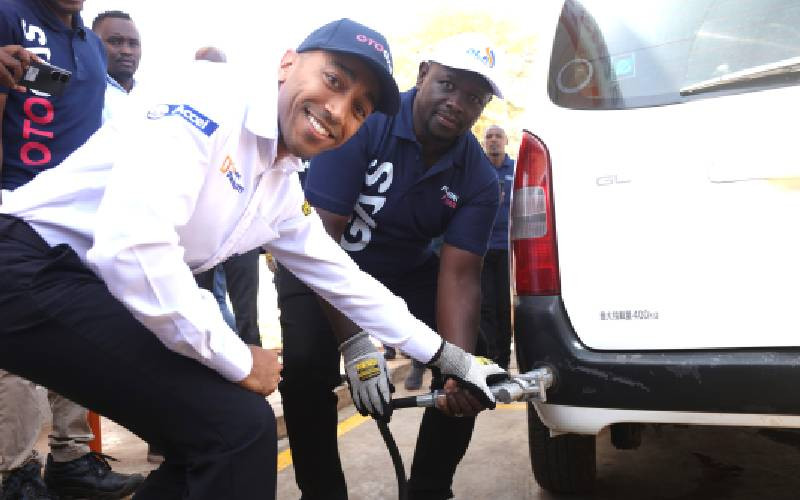×
The Standard e-Paper
Join Thousands Daily

President Uhuru Kenyatta operationalizes the first berth of Lamu Port. [PSCU]
On May 20, 2021, history was made in the Coast region when the second commercial seaport opened its doors to international business.






